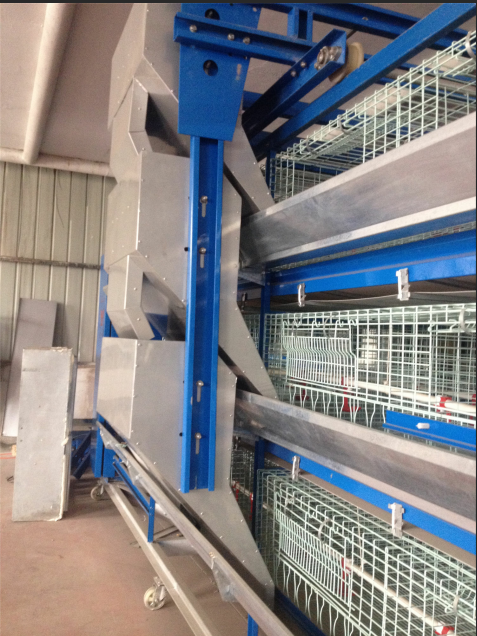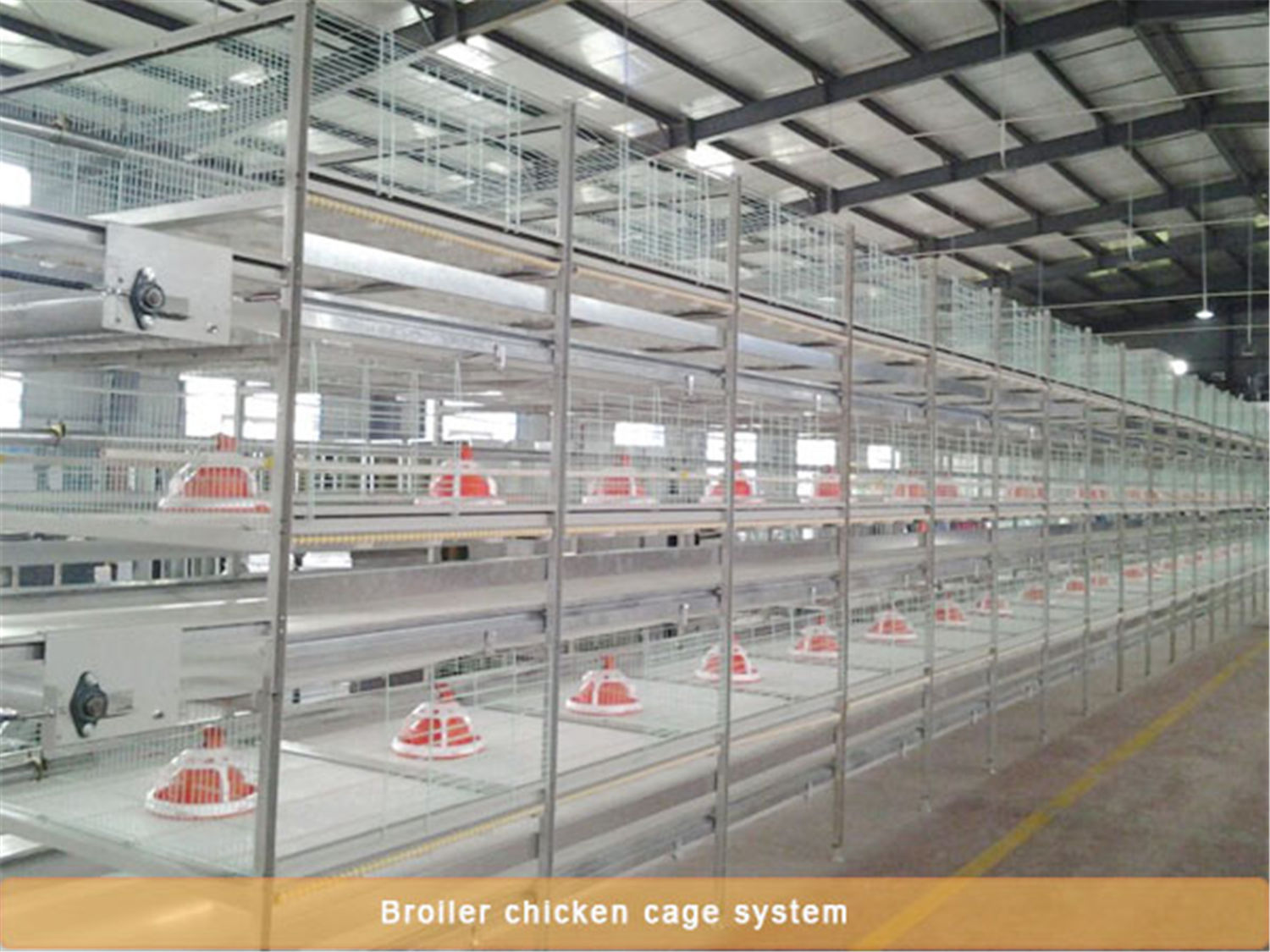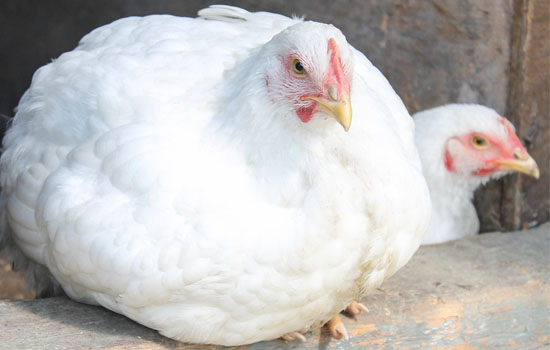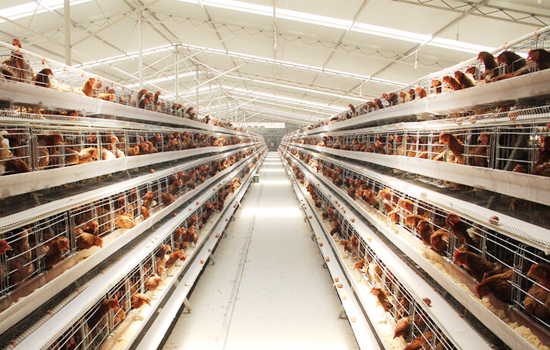How to scientifically supplement light when using chicken cages to raise chickens?
- Published in Tips for Chicken Breeding
In the breeding of laying hens, the reasonableness of light is an important factor affecting the growth of laying hens and production. Nowadays, farmers who use layer chicken cages to raise chickens usually use light equipment to light the chickens. Artificial lighting should be carried out scientifically and reasonably to ensure normal illumination. The author refers to the experience of poultry farming equipment manufacturers, to talk about several aspects of lighting.
1. The light should be stable: the light for the laying hens is generally from the age of 19 weeks, the light time should be short to long, and it is better to increase the temperature by half an hour every week. When the daily light time reaches 16 hours, it should maintain stable illumination, and it can't be long or short. The best way is to fill the light once in the morning and evening.
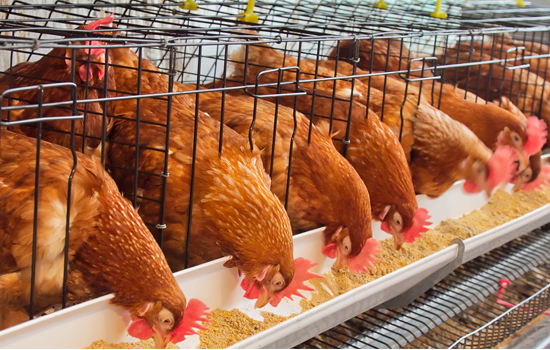
2. The intensity should be suitable: for laying hens, the required light intensity is generally 2.7 watts per square meter of house. In the multi-layer cage chicken house, in order to make the bottom layer have sufficient illumination, the illumination should be improved during design, generally 3.3~3.5 watts per square meter.
3. Illumination should be uniform: the bulb installed in the house should be 40-60 watts, the general lamp height is 2 meters, and the lamp distance is 3 meters. If more than 2 rows of bulbs are installed in the house, they should be arranged in a cross. The distance between the light bulb and the wall against the wall should be half the distance between the bulbs. It should also be noted that the damaged bulb should be replaced at any time and the bulb should be wiped once a week to maintain proper brightness.
4. It is advisable to use red light: different light colors and different wavelengths. Tests have shown that hens raised under red light have higher egg production rates than hens under other color light when other conditions are the same.
The above four points are the points to be noticed by artificial lighting, and hope to help the farmers. If you would like to find out more, or have other questions you would like to consult, you can contact the technical service staff of the poultry equipment manufacturers.

